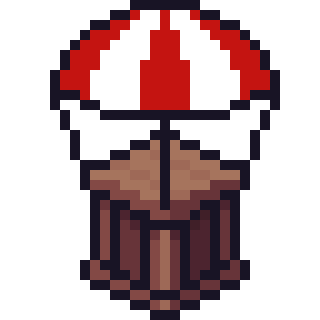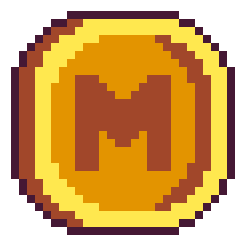Book of $DYOR
DYOR stands for "Do Your Own Research." In the world of cryptocurrencies, it means you should always verify information independently before making any investment decisions. This ensures you're not blindly following trends or misinformation.
AIRDROP
$DYOR CHART
Why is DYOR Important?
In the fast-paced world of cryptocurrencies, misinformation can spread quickly. DYOR ensures that you:
- Verify the legitimacy of projects.
- Understand the risks involved.
- Make informed decisions based on facts, not hype.
COMING SOON


DYOR BIRB
Flap through a post-apocalyptic wasteland in DyorBirb, a zombified Flappy Bird! Test your skills and see how long you can survive.
